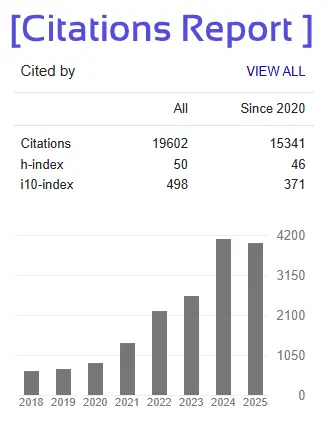Trends in Growth and Patterns of Public Funding on Higher Education in India: An Empirical Analysis
Dr. Jagannatha. K, Ph.D., PDF
Faculty of Economics, Department of PG, Ramanagara PG Centre,
Bangalore University
Dr.Hanumantharayappa B.H, Ph.D
Faculty of Economics, Department of B.A (UG)
Bangalore University, Bengaluru-56
Email Id: hanubaragur@gmail.com
Abstract
This paper examines the trends in growth and the patterns of public expenditure on higher education in India, with a focus on both national and state levels. Higher education is a significant component of the social sector and plays a vital role in the economic development of the country. Recognized as a public good, it falls under the Concurrent List of the Indian Constitution, thereby making both the Central and State Governments responsible for ensuring its accessibility, equity, quality, and quantity. The level of funding provided by the Union Government to any sector reflects the importance accorded to it. In this context, public funding plays a pivotal role in shaping the development, reach, and quality of higher education. Given India’s vast demographic base, socio-economic diversity, and evolving policy priorities, sustained and strategic public investment in higher education is essential for achieving inclusive and sustainable national growth. The findings reveal that public funding has exhibited a positive growth trend, with an average annual growth rate of 2.6% during the study period. This growth is statistically significant at the 1% level, indicating a high level of confidence in the results. The model also demonstrates a high goodness-of-fit (R² = 96.3%), suggesting that the model explains a substantial proportion of the variation in public funding for higher education.
Keywords: Higher Education, Public Funding, Intra-sectoral, and Plan and Non-plan.







